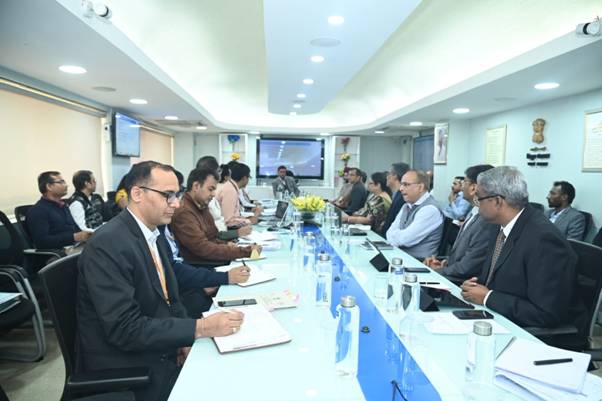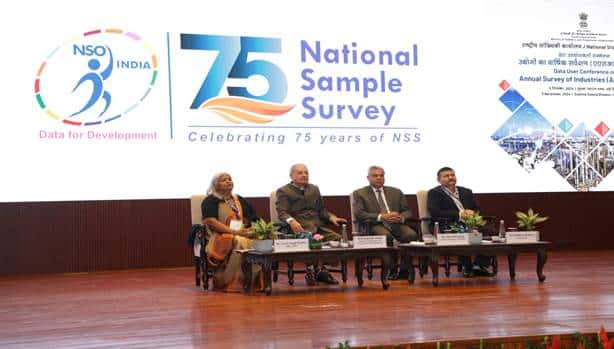Govt plans to boost battery energy storage systems to meet rising power demands

In a bid to address the escalating power demands and facilitate the transition towards renewable energy, the Union Minister for Power and New & Renewable Energy, R. K. Singh, chaired a crucial meeting in New Delhi on February 22 The meeting aimed to finalize the operational structure for implementing the Viability Gap Funding (VGF) scheme for the development of Battery Energy Storage Systems (BESS) with a capacity of 4,000 Megawatt-Hours (MWh).
Senior officials from key departments including the Ministry of Power, Ministry of New & Renewable Energy, Central Electricity Authority, Solar Energy Corporation of India, Grid India, and NTPC Vidyut Vyapar Nigam Ltd. (NVVN) attended the meeting.
Addressing the gathering, Minister Singh highlighted the significant decline in the price of BESS in recent years. He emphasized the government’s commitment to promoting BESS capacity to cater to the surging power demand and facilitate the energy transition. Minister Singh envisaged a scenario where surplus solar and wind energy, generated during the day and evening respectively, could be efficiently stored and utilized when needed, thereby preventing wastage.
Recognizing the government’s role in creating conducive frameworks to attract investments, Minister Singh underscored the importance of deploying storage systems to ensure energy availability during peak demand periods.
The discussion centered on ensuring that BESS can supply electricity during peak demand periods while also contributing to grid stability. The plan involves supplying power through various market segments in power exchanges, with BESS primarily charged from renewable sources during periods of ample solar and wind energy generation.
Several procurement models, including energy and capacity contracts, were deliberated upon, weighing their respective advantages and challenges.
Furthermore, potential sites in states abundant in renewable energy resources were identified as ideal locations for BESS deployment, aiming to maximize the benefits of the storage system.









